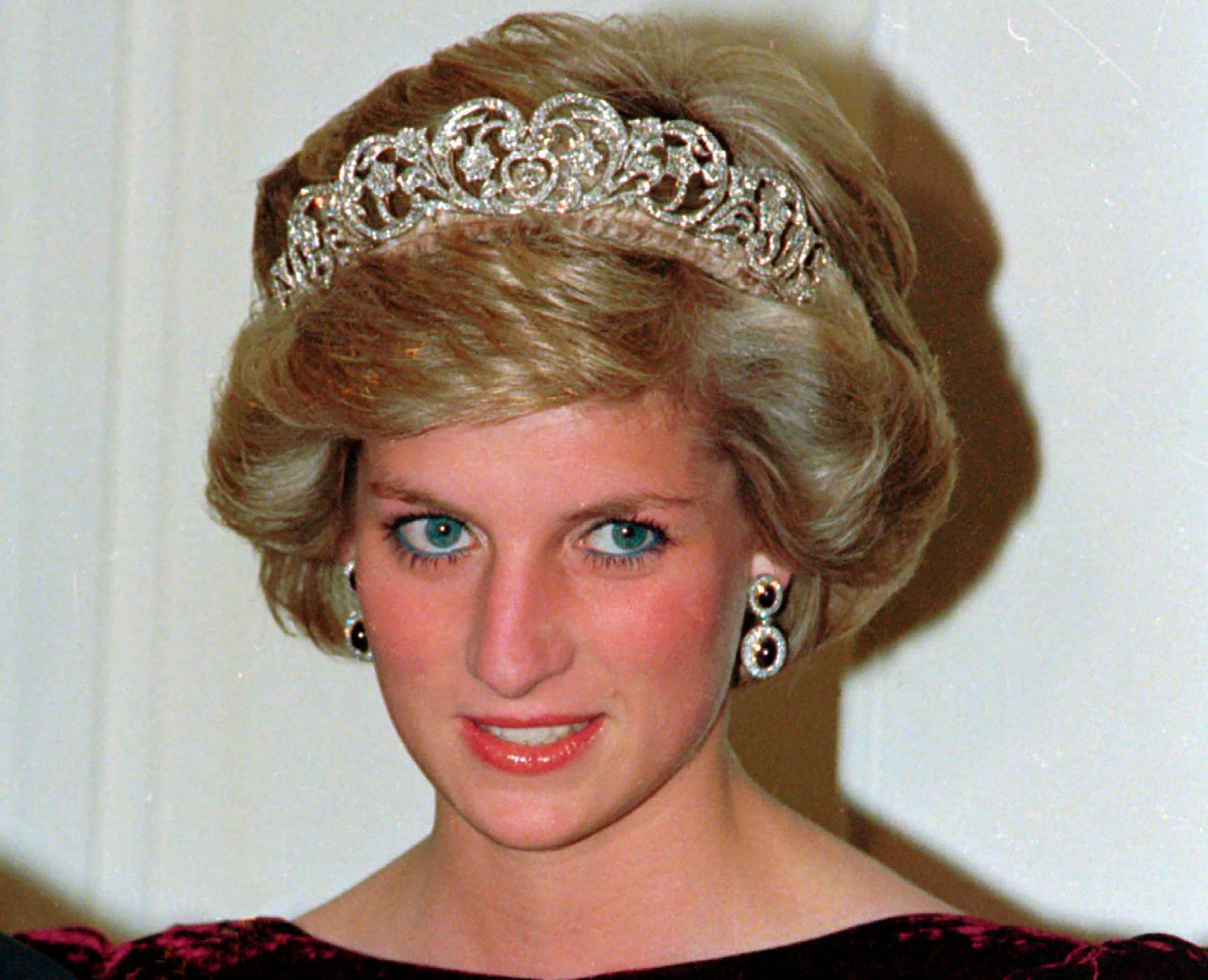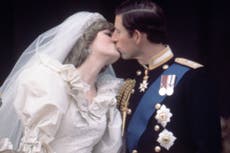I was born after 1997 – my generation will always see Princess Diana in a different light
We have only heard or seen clips of Diana – but I wonder if we would have responded more sympathetically to the princess


Ahead of the new series of The Crown, I was excited to see how Emma Corrin would take on the momentous role of Princess Diana. Discussing the late princess with my mother and grandmother, I have found that each of us, impacted by generational opinions and exposure to varying media coverage, has differing views about Diana.
While all of us are sympathetic towards her and the sadness of her life, it seems that, through each generation, this sympathy has increased. My grandmother, born in 1934, had never seen the “damaging” impact of the media on a woman before Diana, so she was more likely to believe the negative press. Whereas my mother, born in 1969, thinks of Diana in a similar light to myself, understanding the power of media opinion and how it can distort public perception of individuals.
My generation has only heard or seen clips from the past. Being born after Diana’s death in 1997, I never witnessed first-hand how the media produced almost minute-by-minute updates on her life. But with social media now scrutinising women around the world, I have been brought up to feel a sense of responsibility for lifting other women up and recognising the difficulties they face. Perhaps we would have offered more support. For my generation, Diana paved the way, fighting against and demonstrating the damage of constant media coverage.
In the weeks leading up to the new series of The Crown, my Instagram feed was flooded with images of Diana. I have always thought of her as a fashion muse, breaking boundaries and altering perceptions of what it means to be a Royal – both within fashion and outside. My mother said “she was a huge inspiration to high fashion and everyday people”. Coming full circle to today’s wardrobes, my generation has taken Diana’s style, making it our own. Seeing images of a young Diana dressed in denim and casual wear reminds me a lot of how my friends and I dress. In particular, her love of oversized blazers is a trending piece now in high fashion and high-street stores.
One of Diana’s most iconic and memorable dresses was her wedding dress. The dress was fit for a princess and the fairy tale romance that goes along with it. When speaking to friends and looking at our parents’s wedding photos, it is clear that many women were hugely influenced by that dress. My mother also pointed out an issue with the seemingly perfect dress on the wedding day. As the whole world waited and Diana stepped out of the carriage, my mother’s “ultimate memory” was that “the dress was creased”. The media made this small mishap into headlines but this memory was never transferred to my generation. To me, the wedding was what every young girl dreams about.
Browsing through images with my mother showed me how much of a fashion influence Diana had worldwide. My grandmother differed in her opinion, saying that to her generation, “her wardrobe was nothing to write home about”. Although one outfit stood out. To my grandmother, Diana’s off-the-shoulder black gown was “worn to outshine” others. After a quick Google, it was clear which one she meant. Labelled as the “revenge” dress, Diana wore the dress, after her divorce from Charles, on the night of his tell-all documentary, which he clearly hoped would show him in a sympathetic light. My mother thinks it “probably did the opposite”.
From viewing the behaviour of Charles as a young man, asking “whatever in love means?” during his engagement interview, I agree with my mother that Diana being so forward in the public eye and addressing rumours ensured that Charles could not regain his status as a loving prince.
My grandmother mentioned how Diana was “so young and innocent” when she first entered the limelight. This was something which, at the time, was an “overwhelming thought for any young person”. It was not until watching the first episode of The Crown’s latest series that I realised the stark age gap, spanning almost 13 years, between Charles and Diana. Younger than I am now, Diana was only experiencing her first years of adulthood before the world’s media decided who she was or what they wanted her to be. This is a concept that my mother, grandmother, and I all agreed we could never wrap our heads around: being so young, celebrated, and scrutinised.
Young and dewy, Diana was, at the start, only spoken about positively. The Crown perfectly illustrates this with the “Balmoral test” that sees Diana win over the entire family, most significantly Prince Phillip. This shocked me, as I had always heard murmurings that the Queen did not like Diana. However, my mother said: “What wasn’t there to like, she was a young girl with the right history, and they met at the right time for the Royal Family?”
From The Crown’s portrayal, Diana was used as an easy solution to the problematic question of marriage. My grandmother always reminds me of Charles’s “crafty” behaviour as a young man who loved someone outside of his marriage. My generation would agree that some of the actions taken by Charles were “crafty” but with media coverage of later Royal divorces, in retrospect, it does not come across as badly as it obviously did at the time.
However, I was amazed in The Crown at the loneliness in marriage that Diana felt, which goes against the concept of love itself. Even though Diana was the perfect girl on paper, The Crown depicts what seemed like the constant presence of Camilla Parker Bowles in the background of Charles’s life. In hindsight, it is no wonder Diana suffered in silence from an eating disorder. My grandmother explained that “nobody knew what was going on behind closed doors until Diana addressed the rumours”. The Crown sheds light on this by depicting Diana’s battle with bulimia. My mother said after watching The Crown and reflecting on the media coverage of Diana: “She was clearly a lady who had personal issues but living under the microscope of the world’s media and the unconventional family she married into broke her confidence bit by bit.”
Unfortunately, I think if this were to happen today the problem would be the same. Media scrutiny of women, in particular, commenting on everything from words to body image, ensures mental health issues are worsened or ignited. However, with more people being open about mental health, including Prince William and Harry, I hope that, in my generation, no one would suffer alone, and more support would be provided.
Diana was one of the first women to receive such intense media attention and has not been the last. Unless you are born to be a Royal, being in the media’s spotlight will never come naturally. The different responses to Diana from my family show why we must be cautious about defining people via media coverage. As we know from The Crown, fact and fiction will often converge. In a world where media is consumed on many different platforms, we must never forget this.
Join our commenting forum
Join thought-provoking conversations, follow other Independent readers and see their replies
Comments




Bookmark popover
Removed from bookmarks